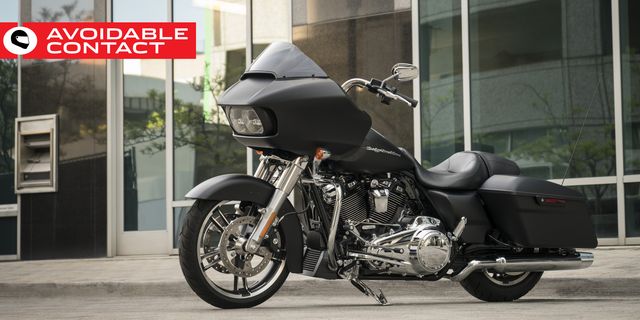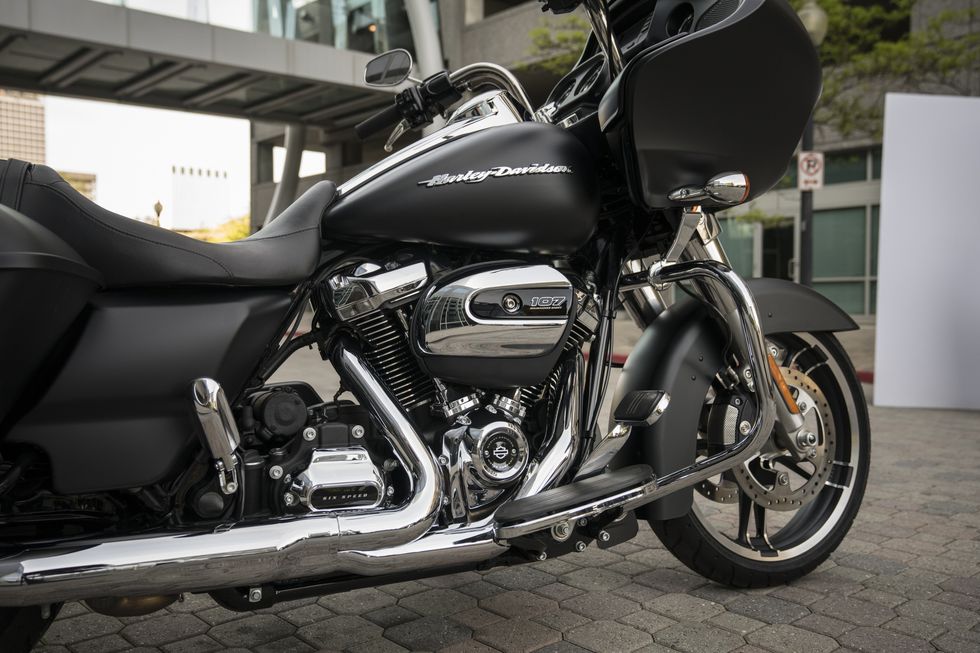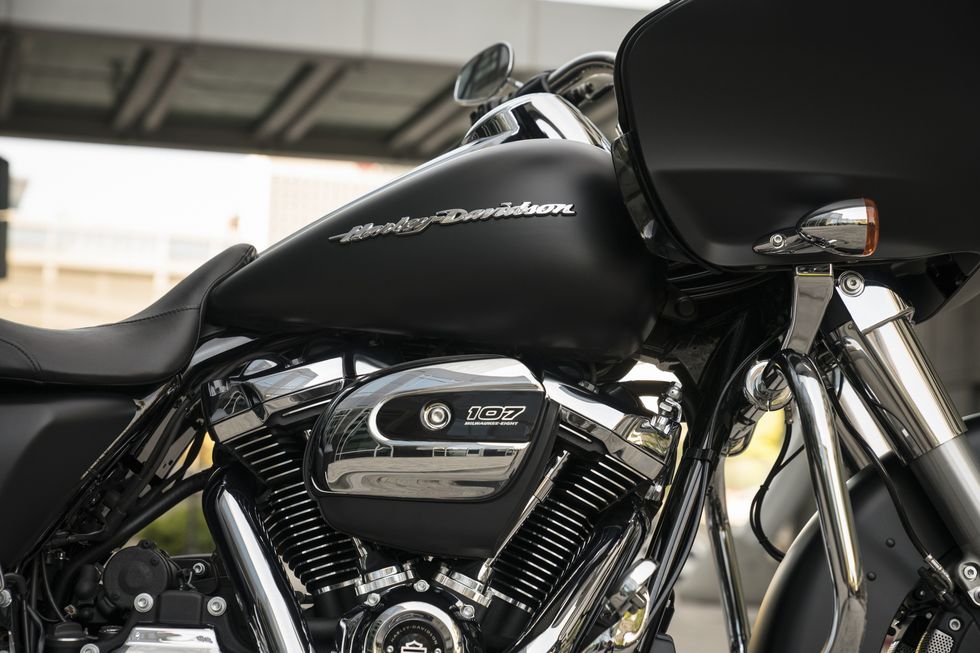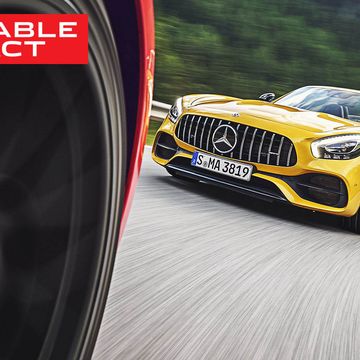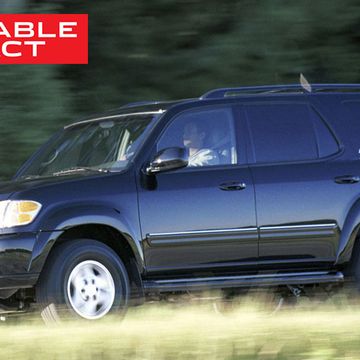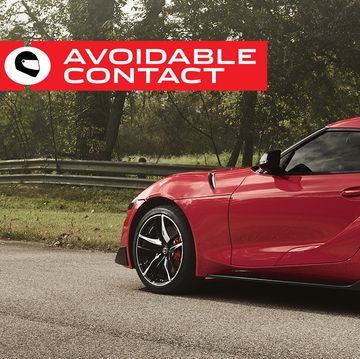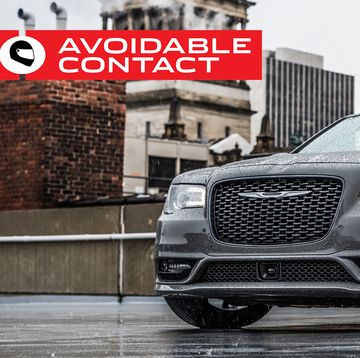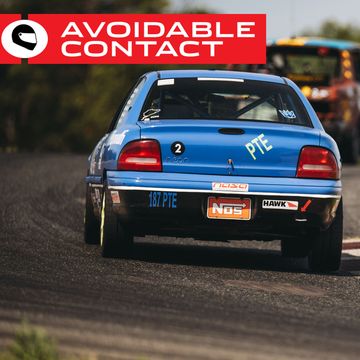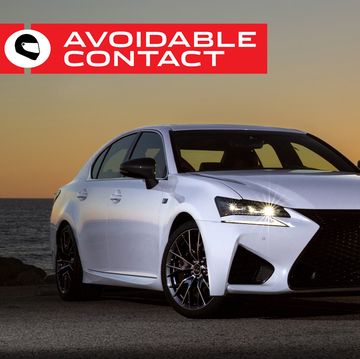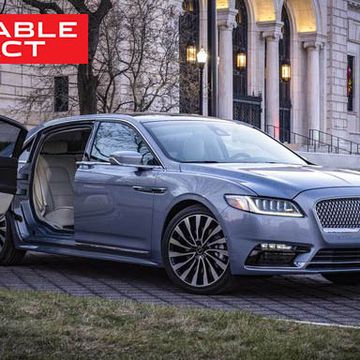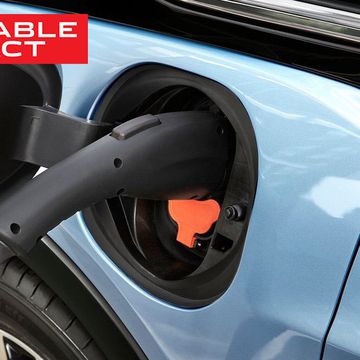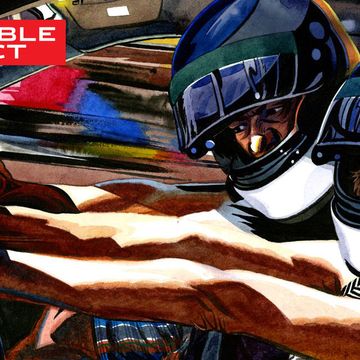I don’t know about you, but I hate it when people make fun of pride in our country and its accomplishments. I’ve been around the world like Lisa Stansfield and I still think the United States is the best place to live and work.
I’ll give you two reasons for that. If you look at the charts of best-selling vehicles around the globe, you’ll see that most of them are poverty-spec tiddlers with no power, no space and no style. There are plenty of reasons for that, having to do with everything from national economies to taxes to public transit to the size of the roads, most of which are beyond the control of the average vehicle buyer. But the results are noteworthy.
Here in the USA, our best-selling passenger vehicle is the mighty Ford F-150, a glorious aluminum-bodied testament to excess and, at least relatively speaking, efficiency. The same is true for motorcycles. The chart-toppers everywhere else tend to be 90cc scooters or 125cc entry-level bikes. In the Land Of The Free, however, the most desired bike is a $23,000 luxury tourer from Harley-Davidson called the Street Glide Special. We really do offer more opportunity for everyday folks to own and experience some pretty serious machinery.
For 2017, H-D upgraded the Street Glide to include the all-new 107-cubic-inch Milwaukee-Eight V-Twin. Much like the fifth-generation General Motors L86 6.2L V8 in my Silverado, the Milwaukee-Eight represents the application of extreme technological competence to a prehistoric concept. In this case, Harley-Davidson has managed to get a single cam to operate two four-valve heads on a V-Twin. I’ve looked at diagrams of it and I still don’t quite get it. It makes Honda’s fabled single-cam four-valve heads seem simple.
I wanted to see what kind of difference this powerful and rather exotic new engine made in America’s favorite bike—but here’s where I have to make a confession. I’ve always preferred Harley’s Tour Glide and Road Glide, which have frame-mounted fairings, to the Electra Glide and Street Glide, which have the fairings mounted on the handlebars. As someone who grew up riding Kawasaki Ninjas, it doesn’t make any sense to me that the fairing should wobble around on the forks. And as a child of the 1970s, I think the Road Glide just looks cooler. Futuristic.
So I grabbed a Milwaukee-Eight-powered Road Glide and booked a three-day tour of Southern California. Naturally, the minute I got off the plane it started raining and the temperature dropped into the 50s. Oh well. That just made it more interesting.
The Road Glide might look vaguely like the '70s-era fixed-fairing Harleys, but the minute you fire it up, via keyless twist-knob, you realize it’s very much a modern product. The fairing has a multi-function screen between white-faced gauges for fuel and voltage. An automotive-style speedo/tach pairing moves with the handlebars. The headlights are LED and they look appropriately vicious in the Road Glide’s shark nose.
The Milwaukee-Eight idles with a solid and fuss-free lope at 850rpm, shaking the bike pretty hard but not in the rattle-filled, slightly-unsteady manner of all but the most recent Harleys. There’s a remarkable lack of heat coming off the engine, particularly on the left side. In an Ohio summer that’s good news, but during these cold, rain-soaked Los Angeles nights I kind of missed the old leg-burner layout.
By Harley standards, the new bikes have a low-effort clutch. Compared to my ZX-14R, however, the Road Glide still requires a solid squeeze. The good news is that it’s very hard to stall the bike, thanks to some behind-the-scenes computer trickery. The fuel injection works very hard to keep you from lugging, even when you count your gears wrong and try rolling through stop-and-go traffic in third. As bizarre as this sounds, a significant number of people buy these “bagger” bikes as their first motorcycle. Harley is aware of this; their “Project Rushmore” a few years ago explicitly set out to re-engineer their large-frame motorcycles for ease of use by novice riders.
Of course, it’s still possible to drop this 800-plus-pound bike at a traffic light or in low-speed maneuvering. The trick is to not let the momentum get ahead of you. When in doubt, put your feet on the ground, stop the bike, and take a second to reset yourself. It's also possible to become a little distracted by the myriad functions offered via the four-way thumb joysticks on each handlebar. Even after 300 miles on the Road Glide in mixed traffic conditions, I never got to the point where I could manipulate the various media functions without thinking. If you spend a little more, Harley will give you a conventional full-sized touchscreen for media and navigation. It’s worth the extra cash.
On the move, the Milwaukee-Eight pulls like the proverbial freight train from idle to the stratospheric-by-V-Twin-standards 5500rpm redline. It feels about as quick as a C6 Corvette, and just like a Vette you want to have the front end pointed in the right direction before you roll the throttle. The engine is a true joy, particularly in the upper half of the tach. In the past, the big-inch Harley twins have never been anything but miserable above 4000rpm. This one likes to rev. That, coupled with the lack of a gear indicator, led me to spend quite a bit of freeway time in fourth gear because the M-8 doesn’t complain the way its predecessors did.
This is a deceptively fast bike. Time and time again I found myself doing more than 90mph—at night, on unfamiliar freeways, in the rain. No American V-Twin in my experience has had quite this appetite for near-triple-digit speeds. Unlike my Kawasaki, a Harley is generally exempt from aggressive speed enforcement on American freeways, but you still want to keep an eye on that speedometer until you really get used to the bike.
One consequence of riding in the HOV lanes at high speed: Every once in a while you’ll catch a pavement wave that will fully exercise the suspension. The last V-Twin tourer I had in that situation was genuinely terrifying at the bump stops, but the Road Glide has no such issues. The handling, by contrast, takes some getting used to. You need to commit to the lean a lot more than you’d think. It can be a bit disconcerting, but the Road Glide doesn’t scrape at any reasonable lean angle.
It’s easy to see why these bikes are so popular. Like Ford with its F-150, Harley-Davidson has relentlessly engineered the rough spots out of the product while adding the features that its owner base really wants. The end result is a thoroughly-iterated motorcycle that looks old but feels very new. At 46, I don’t yet feel old enough to make one of these my daily-rider commuting bike—but I’m not horrified at the prospect. Fast, stable, and with a supremely satisfying powerplant, the Road Glide makes a strong case for “bagger” ownership. How can you not love something this big, this loud, and this fun to ride? And how can you not love a country where these bikes are on every corner, ridden by everyday people?
Jack Baruth is a writer and competitor who has earned podiums in more than fifteen different classes and sanctions of automotive and cycling competition, in both amateur and professional capacities, as well as an enthusiastic hobbyist musician and audiophile who owns hundreds of musical instruments and audio systems. His work has appeared in Bicycling, Cycle World, Road & Track, WIRED, Wheels Weekly, EVO Malaysia, Esquire, and many other publications. His original design for a guitar, the Melody Burner, has been played by Billy Gibbons, Sheryl Crow, and others.
